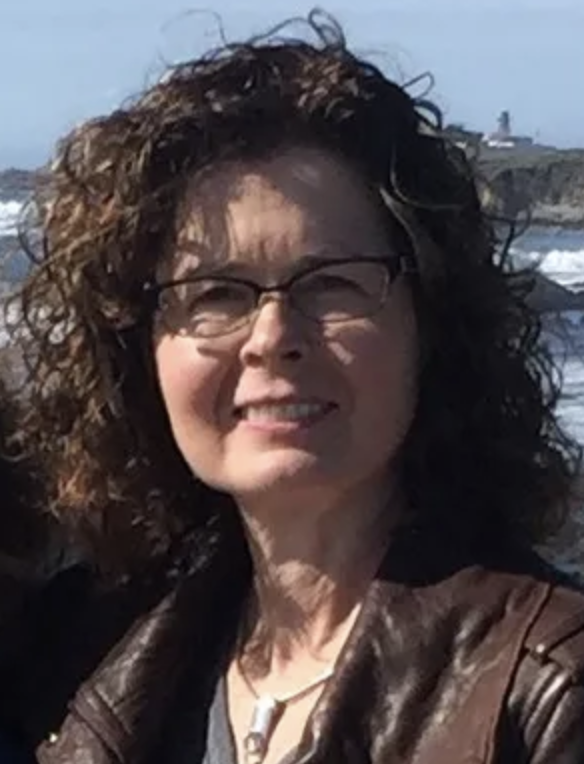
MaryAnn Sarosi, a University of Michigan Law School graduate, has dedicated her career to advocating for vulnerable populations. She founded CARPLS, a legal services program in Chicago serving low-income individuals, before directing the Access to Justice program at the State Bar of Michigan. MaryAnn has also served as Assistant Dean for Public Service at the University of Michigan Law School and as a special assistant to the executive director of Legal Services of South Central Michigan. Recently, she was the strategic outreach attorney for the Youth Access Mitigation Committee, where she organized an amicus brief urging the retroactive application of the U.S. Supreme Court ruling in Miller v Alabama. MaryAnn was appointed to represent volunteers working with delinquent youth or youth at risk of delinquency, with a term commencing August 2, 2022, and expiring August 2, 2024.
How did you end up in the legal aid field?
I had been practicing for a number of years and then I interviewed with Ruth Anne Schmitt (Lawyer’s Trust Fund of Illinois’ retired Executive Director). I knew I wanted to do legal services work. She hired me in September of 1992 and then I started right after the election of November 1992. It was housed in LTF’s copy room until CARPLS found its own place.
What drew you to this position?
I was drawn to something creative, something I could create from scratch. It was very entrepreneurial, very exciting. Friends said, ‘oh my gosh, I would hate that kind of thing.’ When you do this, you have to work on a million different things.
What goes into a job like this?
Things like office space, how many lawyers do I need, budget, how many trunk lines do I need? I didn’t even know what that was. How many calls will come in? What will be the peak time? How do I do payroll? Then you have the other bucket of board policy. Figuring out policies from something that’s never really been done before. The other was how would CARPLS work? I had all these flow charts with different calls and how you would handle the call. At what point would you refer? What does the software look like? There were a lot of different buckets.
Who was your first hire?
Leslie Corbett (current Executive Director at Illinois Equal Justice Foundation) was my first hire. I needed someone smart and resourceful. Then my first staff attorney hire was Al Schwartz (CARPLS’ current Executive Director).
I purposely looked for people you could throw a curveball and they would adjust to it. We knew we would tweak things in the first few years, so I needed people to be able to adapt. The first crew was of six attorneys, and we were there to support each other.
What surprised you?
I planned everything out, had every single detail down, but when our first call came in and we were all standing there, and Al asked, “well how do we answer it?” I realized we hadn’t discussed that!
For me, we constantly had big issues come up.
The warning I gave to everyone I hired was we’re going to fall down and then we’ll pick ourselves back up again. You had to be nimble enough to redirect things, but there was nothing that was sort of throw your hands up in the air, let’s see what happens.
After 5 years at CARPLS, what was it like to leave?
The entire time I was there, the goal was to make sure that clients got quality services. It was hard to leave, but I was ready to pass it on. I got CARPLS to a place they needed it to be.
What did you learn from CARPLS?
One of the big facets I learned from CARPLS is the ability to work with and negotiate with the other legal services programs. I loved the interconnected relationship with programs. I was about 30 at the time and had never had to create something from scratch, let alone manage a group of people, so there was a steep learning curve just from that perspective. We took a team approach as soon as I hired folks, which helped some of the staff hone their leadership skills and take ownership over the process of building this new organization. In fact, two of the staff members who developed their leadership skills in the early days of CARPLS became the next two executive directors—Leslie and Al. Was that a coincidence or a crafty plan on my part?
What was it like to build CARPLS?
When I started CARPLS, I was 30 years old. Executive Directors of most of the legal services programs were in their 50s. As a 30-year-old woman, I was viewed a certain way, but it pushed me. When you’re that young, there’s a certain optimism and/or naiveté that can work in your favor. If I had taken that job when I was older, would I had been as nimble? I remember Ruth Ann and I had talked about that years later. What were you thinking hiring a 30-year-old with no managerial experience? She thought, well she’s a first generation American who would work really hard. That’s part of Ruth Ann’s quirky brilliance.
How would you describe CARPLS today?
CARPLS has done amazingly well. Each executive director has managed a different stage and Al’s done so well in his tenure. Al and the staff have been creative in recognizing opportunities and building on their core competencies. That doesn’t happen by accident; it takes not only time and smarts but a real dedication to pushing things forward and not remaining static.


